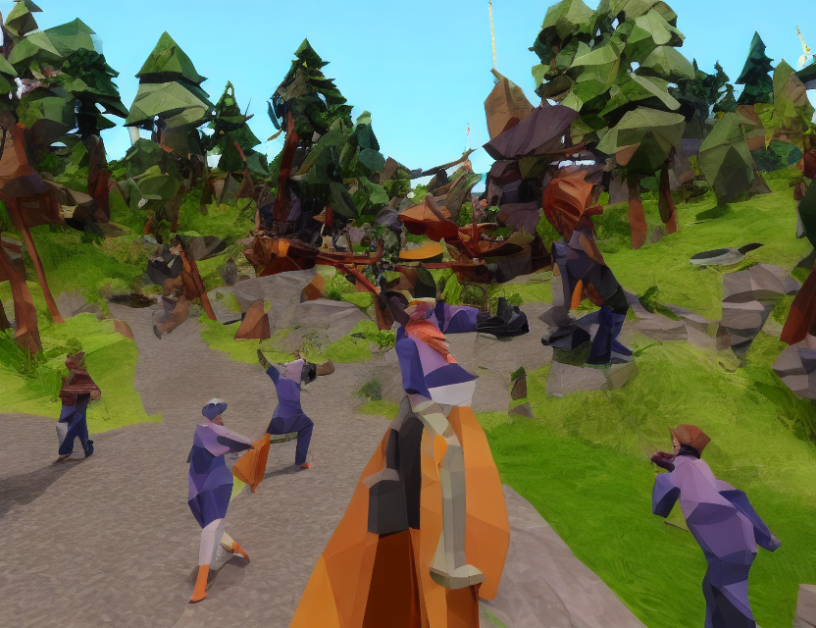In this article, the authors propose a novel approach to image fusion that leverages both regional and spatial frequency information. They introduce the concept of "multifocus image fusion," which involves combining multiple images at different focus levels to create a higher-quality fused image. The authors use region segmentation to separate the images into distinct regions, and then apply spatial frequency analysis to each region separately. This allows the fusion process to be tailored to the specific features of each region, resulting in improved image quality.
The authors evaluate their approach using several experiments, demonstrating its effectiveness in reducing artifacts and improving overall image quality. They also compare their method to other existing fusion techniques, showing that it outperforms them in certain scenarios. The article concludes by highlighting the potential applications of multifocus image fusion in various fields, such as medical imaging and surveillance.
Analyzing the article, we can see that the authors use technical terms like "spatial frequency analysis" and "region segmentation," but they also provide clear explanations and analogies to help readers understand these concepts better. For instance, they explain that spatial frequency analysis is like a "filter" that removes unwanted details from an image, allowing us to focus on the important features. Similarly, region segmentation is likened to a "divide and conquer" strategy, where the image is divided into smaller parts and then processed separately for better results.
Overall, the article provides a valuable contribution to the field of image fusion by introducing a new approach that leverages both regional and spatial frequency information. By using simple language and engaging analogies, the authors make it easier for readers to grasp complex concepts and appreciate the potential benefits of this technique.
Computer Science, Computer Vision and Pattern Recognition
Advanced Video Debanding: A Comprehensive Review and Future Directions



